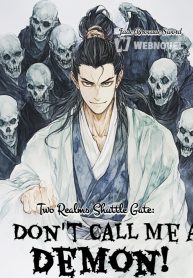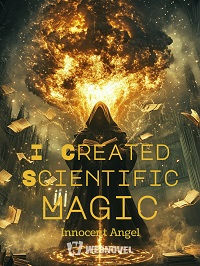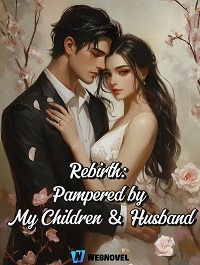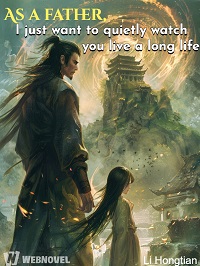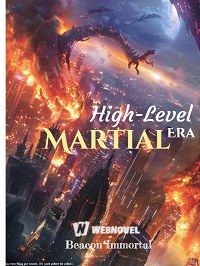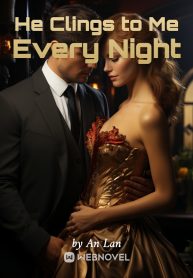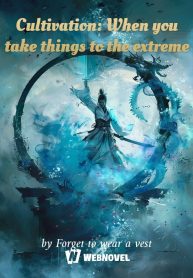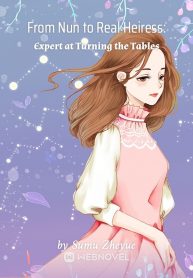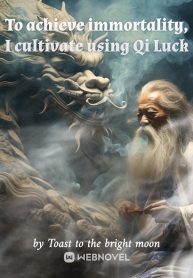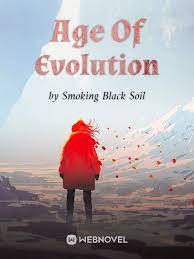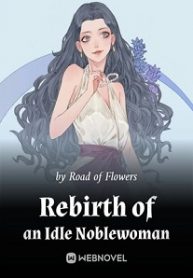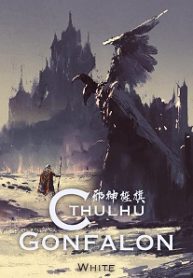Short, Light, Free - Chapter 178
It all started with ancient mainland China.
The continents were all intact and people lived in tribes.
Hundreds of people co-existed.
Tribes could be formed if people lived through four seasons and developed their own survival system.
It was seldom that tribes formed alliances since they usually had just about enough food for their own people.
Nevertheless, co-existence of tribes would lead to the formation of new tribes.
Since there was a language barrier among the tribes, those who preferred not to talk would signal.
Written words were almost identical, albeit limited to simple systems.
For example, drawing an ‘O’ on a particular region meant that it was safe, and an ‘X’ symbolized danger.
Red lines beside the crosses meant that corpses had been found. Circles within the circle meant that tribes were living in that area.
Of course, peaceful co-existence was usually just a facade.
It was only natural for tribes to consider attacking one another when they run out of resources.
Water, food, animal skin, warm shelter and other necessities could easily trigger a war.
A tribe with a few members had no chance against one with tens of them, just as how the latter was, on normal occasions, no match for a tribe with hundreds of people.
Just like this, tens of thousands of tribes settled on this piece of land…
“I still don’t understand,” a girl said, pointing at the huge map on the wall.
“What do you not understand?” I asked, smiling.
“Uncle, you said that everyone lived on the same land. Why isn’t that the case now? We’re all separated,” she stated doubtfully.
“That’s a good question, which is why I’m about to show you an animation next.”
I pressed a button and the ground started to shake.
All thirty kids started panicking.
“Earthquake!”
“Earthquake again!”
“Mom, save me!”
The kids were tensed and a few even started crying.
I smiled, raising my hand to get their attention. “We’re in the museum and this is just a special scene effect. It’s not real.”
Shoutings ceased but the crying kids weren’t able to stop. The teacher walked over to the button and pressed it. “Mister Curator’s scaring the kids again,” she complained.
With a bitter smile, I said to her, “Everyone must know how terrifying an earthquake is.”
The kids turned their attention back to the map on the wall, as the big land within it started ripping apart into different shapes and sizes.
They started whispering to one another:
“It’s separating, it’s separating!”
“I’ve read about this in the books!”
“The earthquake broke the land?”
…
I pressed a button on the remote in my pocket and increased the horn’s pitch twice. “A big earthquake in BC 0 led to the separation of the land.
“Its intensity was beyond our ancestors’ imagination. There isn’t an accurate data recording the magnitude and the duration of it. All we know is that almost all lands had been engraved with big crosses and many red lines. After the earthquake, the lucky survivors went on to rebuild their tribes, only to realize that the land beneath their feet was no longer the same. There were over a thousand islands following the earthquake.”
I paused to look at the kids’ expressions.
A discussion broke out once more.
“This is is our land now?
“Where are we on the map?”
“Will there be more earthquakes?”
…
I pointed at an island in the lower right area of the map. “Blue Wave. It’s where we are living right now. Our neighbors are Water Wave, Metal Wave, Fire Wave, Wood Wave, Earth Wave, Emperor Wave, and Ocean King Wave. Hell Wave has already sunk.”
I pointed at a spot on the screen that was being magnified.
It was a red island that was surrounded by other small islands.
The eight surrounding lands consisted of one extremely small one, and there was a small island-shaped dent between the cracks.
Upon closer observation, one would notice that there were many small island-shaped pieces on the map.
I pointed at a small depression beside Blue Wave and said, “Ten seconds of silence for our sunken Hell Wave.”
Ten seconds later, I asked, “Can anyone tell me what Blue Wave’s features are?”
The kids started looking around and no one dared to make eye contact with me.
I saw a boy in blue top raise his hand up, eager to give it a try.
“Yes?”
“Water and food. Blue Wave ranks among the best in the thousands of nations.”
I nodded proudly. “Very good, little fellow. Our food, safety, and hygiene are top-notch. On the other hand, our military affairs and businesses are inadequate. Nevertheless, our weaknesses do not affect our standing among the nations.”
The screen jumped to the next slide. It was an image of eight glasses of water.
Some were yellow while others were green. Some were transparent yet impure, others were pure yet contained a layer of oil and facula. Only one glass was completely perfect and unlike the rest.
“These water come from different nations and only one belongs to us. Do you know which one it is?”
The kids hurriedly pointed to the first glass. “That first one!”
I smiled. “Blue Wave has the best water source. Plants and animals consuming our water turn out to be the healthiest lot. Our people also live longer by about 10%. Do you children like Blue Wave?”
“I do,” the teacher raised her hand, tapping the kids beside her.
As if understanding something, they started shouting in unison, “I do!”
“I love Blue Wave!”
“Blue Wave!”
…
I gestured for them to stop, which they adhered to obediently.
“Alright. I’ve already introduced the formation of our lands and the birth of Blue Wave. I will now bring you guys, in groups of four, to view the collection of items. Please don’t rush and stay in an orderly line at all times.”
I removed my earpiece and microphone, handing them over to an assistant.
The teacher approached me and smiled. “Thanks for the hard work, Curator Lu.”

